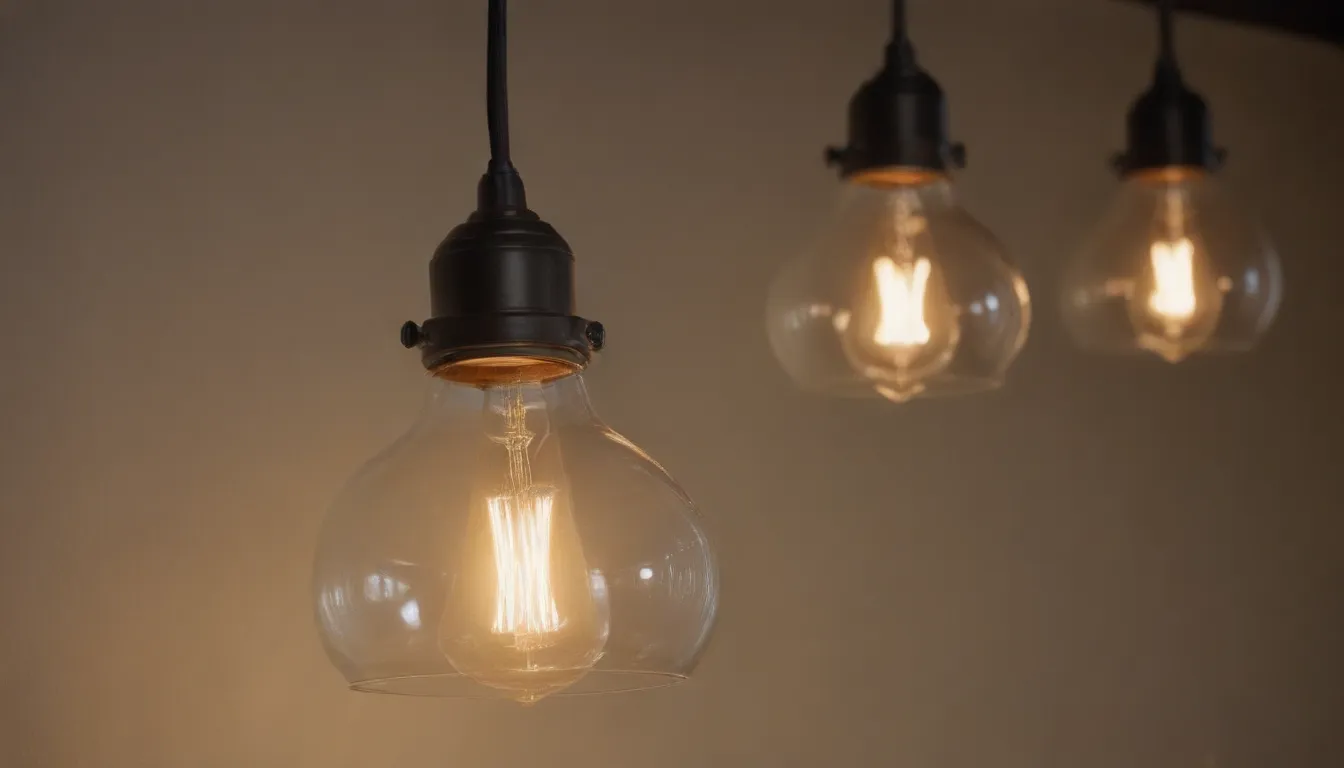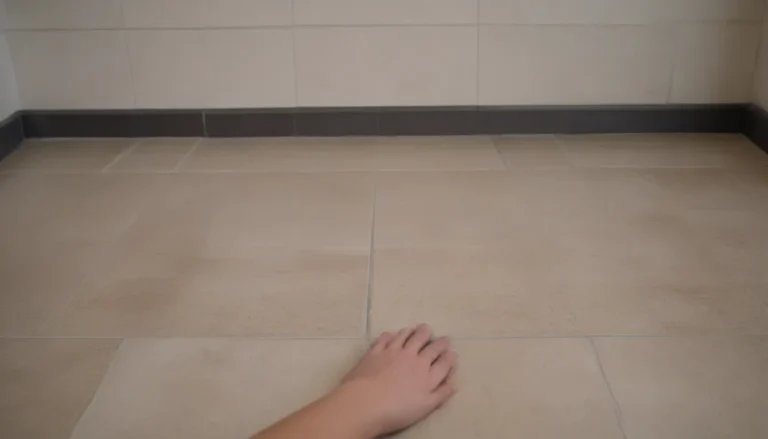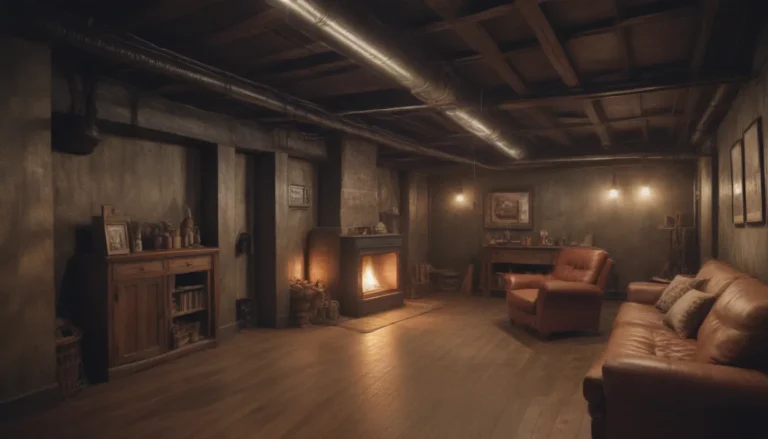Fixing Common Lighting Fixture Issues in Your Home

Light fixtures play a crucial role in our everyday lives, providing essential illumination throughout our homes. While they often work like a charm for years, occasionally, issues may arise that require attention. From a simple bulb replacement to more complex repairs, troubleshooting lighting fixtures can vary in complexity. In this guide, we will delve into common problems you may encounter with your light fixtures, provide step-by-step solutions, and offer tips to keep your lighting in top-notch condition.
Understanding the Basics of Troubleshooting
Before we jump into specific issues and solutions, let’s cover some essential tips for troubleshooting light fixtures.
- Safety First: Always remember to turn off the power to the circuit from the circuit breaker box before attempting any repairs on a light fixture.
- Observation is Key: Take note of the symptoms and behavior of the light fixture to help diagnose the problem accurately.
- Step-by-Step Approach: Follow a systematic process to troubleshoot the issue, starting with simple solutions before moving on to more complex repairs.
Now, let’s dive into some common problems you may encounter with different types of light fixtures and how to address them effectively.
Common Issues with Ceiling Light Fixtures
Ceiling light fixtures controlled by wall switches are prone to a few common problems that may disrupt the normal flow of electricity. Whether your light bulb isn’t lighting up at all or flickering intermittently, these troubleshooting steps can help you pinpoint and resolve the issue.
- Light Bulb Not Lighting Up:
- Check the light bulb to ensure it is properly screwed in and not burnt out.
- Inspect the light bulb socket for any signs of damage or corrosion.
-
Test the wall switch to ensure it is functioning correctly.
-
Flickering Light Bulb:
- Verify if the light bulb is securely connected and not loose.
- Replace the light bulb with a new one to rule out a faulty bulb.
- Check the wiring connections at the light fixture and wall switch for any loose or damaged wires.
If you’re still experiencing issues after trying the above troubleshooting steps, it may be time to consider replacing the entire light fixture.
Troubleshooting Recessed Lights (Can Lights)
Recessed canister lights, often referred to as can lights, may encounter similar issues as conventional ceiling light fixtures. However, they also have unique challenges, such as lights turning on and off unexpectedly. This may be due to limit switches designed to prevent overheating. Here’s how to address this problem and other common issues:
- Lights Turning On and Off on Their Own:
- Check for any obstructions around the light fixture that may be causing overheating.
- Ensure proper ventilation and insulation around the recessed light to prevent overheating.
In addition to the above, be mindful of any signs of water damage or corrosion in the recessed light fixture, as these can also lead to electrical issues.
Dealing with Integral Switches or Pull Chains
Certain ceiling fixtures come equipped with integral switches or pull chains for control. Issues with these switches can affect the functionality of the light fixture. Here’s how you can troubleshoot problems related to integral switches or pull chains:
- Testing Integral Switches:
- Turn off the power to the circuit before inspecting the integral switch.
- Check for any loose connections or frayed wires in the switch mechanism.
- Test the switch with a multimeter to ensure it is working correctly.
Similarly, pull chains on light fixtures should be inspected for any signs of wear and tear that may be causing connectivity issues.
Additional Resources for Energy-Efficient Lighting
In our quest for troubleshooting lighting fixtures, it’s also essential to consider energy efficiency and sustainability. Here are some additional resources to help you optimize your lighting while minimizing energy consumption:
- Energy-Efficient Light Bulbs: Consider switching to LED or CFL bulbs for long-lasting and energy-efficient lighting solutions.
- Smart Lighting Controls: Explore smart lighting options that allow you to control your fixtures remotely and adjust brightness levels for optimal energy savings.
- Lighting Design Tips: Consult lighting professionals for advice on designing a well-lit and energy-efficient home environment.
By incorporating these energy-saving strategies into your lighting setup, you can not only troubleshoot issues effectively but also reduce your carbon footprint and energy costs in the long run.
Conclusion
In conclusion, troubleshooting common problems with light fixtures doesn’t have to be a daunting task. By following the steps outlined in this guide and staying attentive to the behavior of your fixtures, you can diagnose issues accurately and address them promptly. Remember that safety should always be a top priority when working with electrical components, so never hesitate to seek professional help if needed. With a bit of patience and know-how, you can keep your home well-lit and functioning smoothly for years to come.





